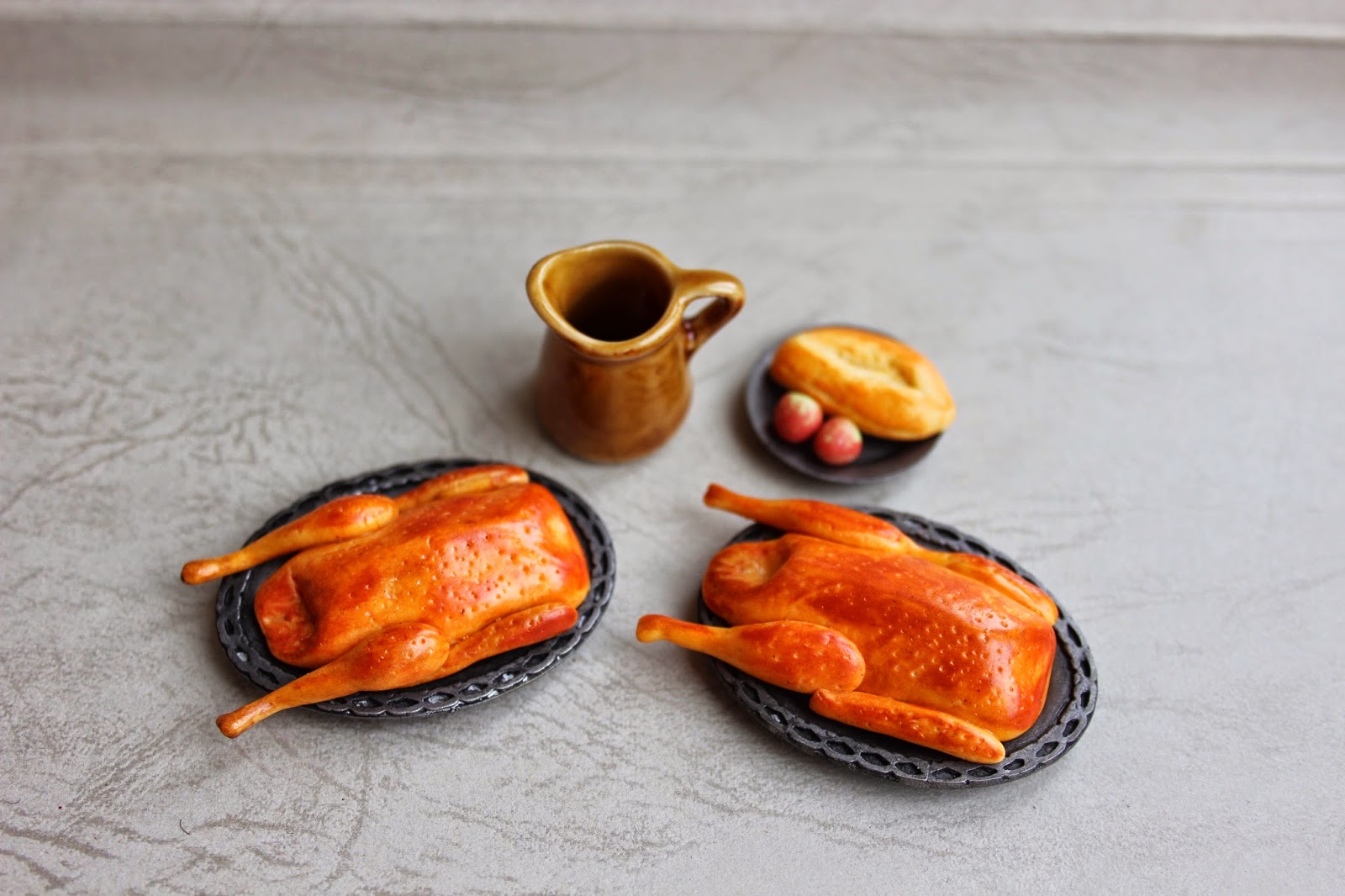Cirencester, Romans and Medieval geese
I visited Cirencester last week - its one of my favourite small towns, a very tranquil place to be. It has mellow, yellow Cotswold stone and varied, understated architecture. But this was the first time I had visited Cirencester with my Medieval googles on.Its Corinium Museum bears modern witness to the fact that Cirencester, known then as Corinium, was an extremely important early Roman settlement in Britain. Located at the intersection of several significant long distance Roman roads, the invaders built a fort where the Fosse Way crossed the River Churn (a tributary of the Thames). Other Roman roads passing nearby include the Icknield Way and Ermine Street. The latter also happens to pass a hundred yards or so from where I live. Here, as an unfeasibly narrow road for the modern day, cottages and houses constructed of Swindon stone line each side, front doors opening directly onto the pavement.
But I was on the look out for hints of a Cirencester's more recent, medieval past. Sheep rearing, wool, weaving and woollen cloth-making were the mainstays of England's trade in the Middle Ages. Situated in the rolling Cotswold Hills which offered perfect grazing for sheep, Cirencester's abbey and its merchants and clothiers became rich from such national and international trade. Their wealth funded successive rebuilding, culminating in a magnificent Parish church - a "wool church" - dominating the irregularly shaped market place.
Not at all understated is the architecture of the 500 year old business centre of Cirencester's former abbey.This several storied building is now the Town Hall, and at ground level also serves as the south porch of the Parish church now occupying the same site. Stone masons and conservators have spent several years encased in scaffolding conserving, restoring and cleaning the ornate stonework. This cleaned up grotesque - a Medieval peasant up to no good I think - has a stoat or polecat in cahoots with him by the look of it!
Walking towards the River Churn I came across Gooseacre Lane, and knowing how popular geese were in Medieval times I took this to indicate that geese were grazed on the watermeadow. I had been preoccupied with geese the previous week having successfully (I think!) produced a new addition to the MedievalMorsels range - a dollshouse food miniature roast goose.
However my deduction was very wide of the mark. The goose of Gooseacre was probably ultimately derived from the word goginstool which suggested that the ducking stool, a form of medieval punishment for thieves, nags and supposed witches, was kept down by the river at that place. A much less palatable medieval scenario than my fancied geese!



No comments:
Post a Comment